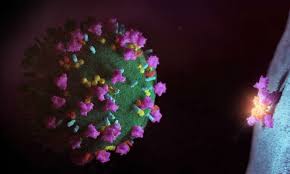Kids born to females on HIV treatment having the drug efavirenz were 2–2.5 times more expected to suffer from small head size, or microcephaly, versus to kids born to females on routines of other antiretroviral medicines, as per a study supported by the National Institutes of Health. The kids suffering from microcephaly also had an elevated danger for developmental delays, versus to kids with usual head size. The research was performed by Paige L. Williams and colleagues. It is posted in The Lancet.
“Our outcomes lie behind the significance of having options to mix treatment with efavirenz for pregnant females suffering from HIV,” claimed Rohan Hazra, study author, to the media in an interview.
Scientists studied info from a follow-up research of over 3,000 kids born to females on HIV treatment at the time of pregnancy. In this earlier research, the head circumferences of the kids were calculated at times from 6 Months of age through 5–7 Years of age.
For the present research, researchers employed 2 categorization systems to grade the head growth of children. The first categorization system mixed standards designed by the CDC for kids below 3 Years of age with Nellhaus Charts, an earlier set of rules for kids more than 3 Years of age. For the 2nd categorization system, the scientists took advice from Nellhaus Charts from birth to 18 Years of age.
On the basis of Nellhaus rules, kids whose mothers were on treatments having the efavirenz drug were more than 2 times as probable to have microcephaly, versus kids whose mothers were on other treatments. As per the mixed Nellhaus-CDC rules, kids exposed to the drug in the womb were almost 2.5 times as expected to have microcephaly. Kids with microcephaly as per Nellhaus rules also scored less on standardized trials of kid development at ages 1 and 5 Years.
